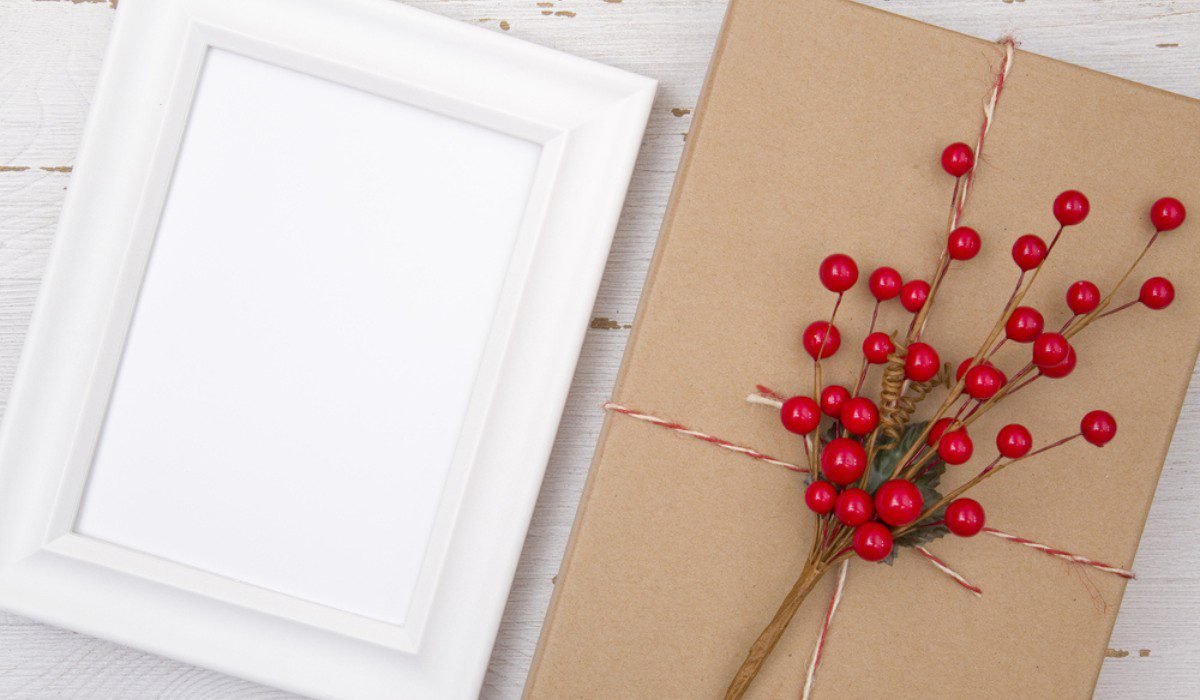Whether you are preparing a heartfelt gift or safeguarding a cherished picture frame for storage, knowing how to wrap it properly is crucial to ensure its safety and presentation. A crucial aspect often overlooked is the meticulous process of wrapping, safeguarding the frame from potential damage and ensuring it arrives at its destination in perfect condition. From selecting the right materials to mastering the techniques, you will discover the best practices for an expertly wrapped picture frame that not only protects but also adds an element of sophistication to your precious memories. In this detailed guide, we will take you through the best way to wrap a picture frame, covering materials, techniques, and tips for a professional finish. This guide is all you need to know and read about wrapping a picture frame while moving or gifting someone.
See also: How to hang pictures on a wall?
What are the materials required in wrapping a picture frame?
Bubble wrap or foam sheets
- Purpose: Protection against scratches and minor impacts.
- Technique: Cut to size, ensuring ample coverage with extra material for wrapping around edges.
Cardboard sheets
- Purpose: Structural support to prevent bending during transportation or storage.
- Technique: Cut to match frame dimensions, providing a sturdy buffer.
Packing tape
- Purpose: Securing layers and providing stability to the wrapping.
- Technique: Wrap tightly without over-tension to avoid damage.
Scissors
- Purpose: Cutting materials to the required size.
- Technique: Precision cutting ensures a neat finish.
Packing paper or tissue paper
- Purpose: Additional layer of protection and a polished appearance.
- Technique: Wrap delicately to maintain a refined aesthetic.
Plastic wrap or shrink wrap
- Purpose: Securing layers tightly and protecting against dust and moisture.
- Technique: Wrap with care, ensuring a snug fit without compromising the frame.
What are the steps to wrap a picture frame?
Step 1: Measure and cut materials
Accurate measurements set the foundation for a snug and protective wrap.
Step 2: Layering for protection
Strategic layering with bubble wrap, cardboard, and packing paper shields the frame from potential harm.
Step 3: Secure with packing tape
Tape application requires a delicate balance – tight enough for security but gentle enough to preserve the frame.
Step 4: Packing paper or tissue paper layer
Adding an aesthetic layer signals attention to detail, transforming the wrapped frame into a gift or storage item that exudes care.
Step 5: Final wrap with plastic or shrink wrap
The final step involves a protective layer to ensure the package remains pristine during transit or storage.
Step 6: Label and store or gift
Labelling adds a personal touch, making it easier to identify contents and handle them with care.
FAQs
Why is it important to wrap a picture frame?
Wrapping a picture frame is crucial for protecting it from scratches, dents, and other potential damage during transportation or storage. It helps preserve the aesthetic and structural integrity of the frame.
What materials are essential for wrapping a picture frame?
Essential materials include bubble wrap or foam sheets, cardboard sheets, packing tape, scissors, packing paper or tissue paper, and plastic or shrink wrap. Each material serves a specific purpose in providing protection and stability.
How do I measure a picture frame for wrapping?
Measure the length, width, and depth of the picture frame. Add a few inches to each dimension to ensure there is enough material to wrap around the frame adequately.
Can I use newspaper instead of packing paper for wrapping?
While a newspaper can provide some protection, it may not be as effective as packing paper in preventing scratches. Packing paper is a better choice as it is clean, does not transfer ink, and offers an additional layer of protection.
Is it necessary to use cardboard sheets when wrapping a picture frame?
Yes, cardboard sheets add structural support to the frame, preventing it from bending or warping during transportation or storage. They act as a buffer between the frame and external forces.
Can I use regular tape instead of packing tape?
It's recommended to use packing tape because it is designed to provide strong adhesion and withstand the rigours of shipping. Regular tape may not offer the same level of security and durability.
Is it necessary to label the wrapped picture frame?
Labelling the wrapped frame is advisable, especially if you're storing multiple items or gifting. It helps identify the contents and provides instructions for handling with care.
| Got any questions or point of view on our article? We would love to hear from you. Write to our Editor-in-Chief Jhumur Ghosh at jhumur.ghosh1@housing.com |

Shimon Oberoi, an economics graduate from Rajdhani College, University of Delhi, strives to simplify the real estate world through her compelling and well-researched content. She has experience in domains like entertainment and economic concepts, among others. When not creating content, she enjoys watching movies, listening to music, and reading fictional books.












